What Is Camera Tripod Mount ?
A camera tripod mount is a device or attachment that allows a camera to be securely mounted onto a tripod. It typically consists of a plate or platform with a threaded screw hole that matches the screw on the bottom of the camera. The mount is designed to provide stability and support to the camera when it is attached to a tripod, allowing for steady and shake-free photography or videography. The tripod mount enables photographers to easily attach and detach their cameras from tripods, providing flexibility and convenience in capturing images or videos from various angles and positions.
1、 Types of camera tripod mounts: quick release, screw-in, clamp
A camera tripod mount refers to the mechanism that allows a camera to be securely attached to a tripod. It is an essential accessory for photographers and videographers as it provides stability and eliminates camera shake, resulting in sharper images and smoother videos.
There are several types of camera tripod mounts available in the market. The most common ones include quick release mounts, screw-in mounts, and clamp mounts.
Quick release mounts are popular among professionals due to their convenience and speed. They consist of a plate that attaches to the camera and a corresponding mount on the tripod. This allows the camera to be easily attached and detached from the tripod with a simple locking mechanism.
Screw-in mounts, on the other hand, require the camera to be screwed onto the tripod. They provide a secure and stable connection but can be time-consuming to set up and adjust.
Clamp mounts are a versatile option that can be attached to various surfaces, such as poles or tables. They feature a clamp mechanism that securely holds the camera in place.
In recent years, there has been a rise in innovative tripod mounts that cater to specific needs. For example, smartphone tripod mounts have gained popularity with the increasing use of smartphones for photography and videography. These mounts are designed to hold smartphones securely and allow for easy attachment to tripods.
Additionally, some tripod mounts now come with built-in features such as Bluetooth connectivity or remote control capabilities, enabling photographers to control their cameras wirelessly.
In conclusion, a camera tripod mount is an essential accessory that allows photographers and videographers to attach their cameras securely to tripods. With various types available, including quick release, screw-in, and clamp mounts, photographers can choose the one that best suits their needs. The latest developments in tripod mounts include smartphone mounts and those with additional features like wireless connectivity, providing photographers with more options and convenience in their work.

2、 Tripod mount compatibility with different camera brands and models
A camera tripod mount is a device that allows you to securely attach your camera to a tripod. It typically consists of a plate or platform with a screw that attaches to the camera's tripod socket, and a mechanism that allows you to securely fasten the plate to the tripod head.
When it comes to tripod mount compatibility with different camera brands and models, there are generally two main standards: the Arca-Swiss system and the Manfrotto system. The Arca-Swiss system is a widely adopted standard that offers compatibility across various camera brands. It features a dovetail design, allowing for quick and secure attachment of the camera to the tripod. Many third-party manufacturers also produce Arca-Swiss compatible plates and heads.
On the other hand, the Manfrotto system is specific to Manfrotto tripods and heads. It uses a unique quick-release plate design that is not compatible with other brands. However, Manfrotto is a popular brand and offers a wide range of tripod options for different camera models.
It's important to note that while most cameras have a standard tripod socket, some smaller or specialized cameras may have different mounting systems. In such cases, you may need to use specific adapters or plates to ensure compatibility with your tripod.
In recent years, there has been a rise in the popularity of mirrorless cameras, which are smaller and lighter than traditional DSLRs. Many tripod manufacturers have responded to this trend by designing smaller and more compact tripod mounts that are compatible with mirrorless cameras. Additionally, some manufacturers have introduced innovative features such as built-in leveling bases or quick-release mechanisms to enhance the functionality and convenience of tripod mounts.
Overall, tripod mount compatibility with different camera brands and models is an important consideration when purchasing a tripod. It's advisable to check the specifications and compatibility information provided by the tripod manufacturer to ensure that your camera will be compatible with the tripod mount.

3、 Tripod mount materials: aluminum, carbon fiber, plastic
A camera tripod mount is a device used to attach a camera to a tripod. It provides stability and support to the camera, allowing photographers to capture steady and clear images. The mount typically consists of a plate or platform that attaches to the camera and a screw or clamp mechanism that connects the plate to the tripod.
When it comes to tripod mount materials, there are several options available, including aluminum, carbon fiber, and plastic. Aluminum is a popular choice due to its durability, affordability, and lightweight nature. It provides a stable base for the camera and is resistant to corrosion. Carbon fiber, on the other hand, is known for its strength and lightweight properties. It offers excellent vibration dampening, making it ideal for photographers who frequently shoot in challenging conditions or require maximum stability. However, carbon fiber tripods tend to be more expensive than their aluminum counterparts.
Plastic tripod mounts are often found in entry-level or budget-friendly tripods. While they are lightweight and affordable, they may not offer the same level of stability and durability as aluminum or carbon fiber mounts. Plastic mounts are more prone to wear and tear and may not be suitable for heavy camera setups or professional use.
In recent years, there has been a growing trend towards using carbon fiber tripod mounts due to their superior performance and lightweight design. They are favored by professional photographers who require stability and portability in their equipment. However, aluminum mounts still remain a popular choice for many photographers due to their affordability and reliability.
Ultimately, the choice of tripod mount material depends on the photographer's specific needs, budget, and shooting conditions. It is important to consider factors such as weight, stability, durability, and cost when selecting a tripod mount material.

4、 Tripod mount weight capacity and load-bearing capabilities
A camera tripod mount refers to the attachment point on a tripod where the camera is securely mounted. It is typically a plate or platform with a screw that attaches to the camera's tripod socket. The tripod mount provides stability and support to the camera, allowing photographers to capture steady and blur-free images.
When it comes to tripod mount weight capacity and load-bearing capabilities, it refers to the maximum weight that a tripod can safely support without compromising stability. The weight capacity of a tripod mount is an important consideration for photographers, as it determines the types of cameras and lenses that can be used with the tripod.
Tripod mounts are designed to handle different weight capacities, ranging from lightweight tripods suitable for compact cameras to heavy-duty tripods capable of supporting professional DSLR cameras with large telephoto lenses. The weight capacity is usually specified by the manufacturer and can vary from tripod to tripod.
It is important to note that the load-bearing capabilities of a tripod mount are not solely determined by the mount itself but also by the overall stability and construction of the tripod. Factors such as the material used, the number and design of the tripod legs, and the locking mechanisms all contribute to the tripod's load-bearing capabilities.
In recent years, there have been advancements in tripod mount technology to accommodate the increasing weight of cameras and accessories. Manufacturers are now producing tripod mounts with higher weight capacities to cater to the needs of professional photographers who use heavy camera setups. Additionally, some tripod mounts feature innovative designs and materials that enhance stability and load-bearing capabilities.
In conclusion, a camera tripod mount is the attachment point on a tripod where the camera is mounted. The weight capacity and load-bearing capabilities of a tripod mount determine the maximum weight it can support without compromising stability. Manufacturers are continuously improving tripod mount technology to accommodate the increasing weight of cameras and accessories used by photographers.



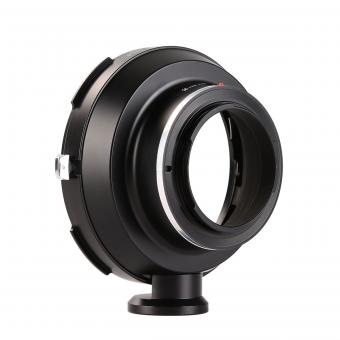
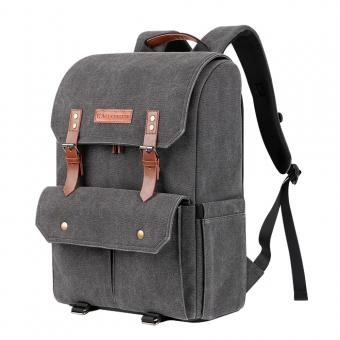
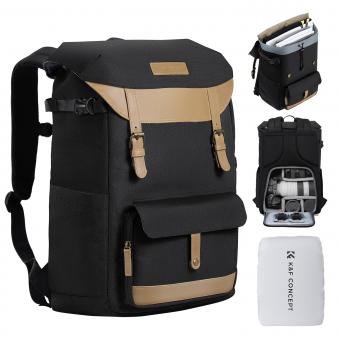

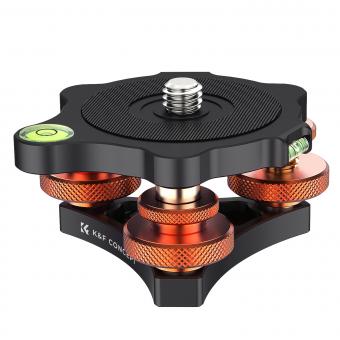



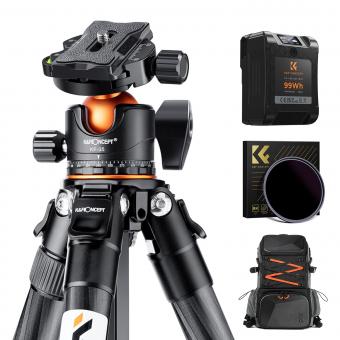







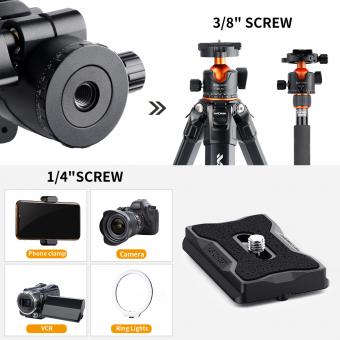
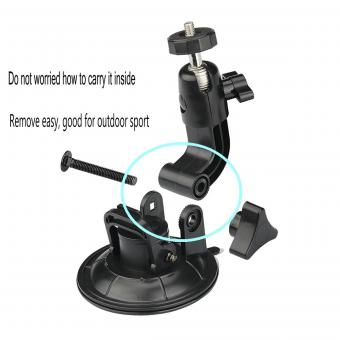






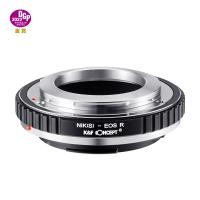
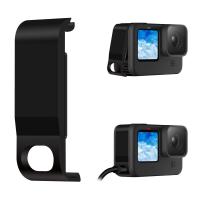

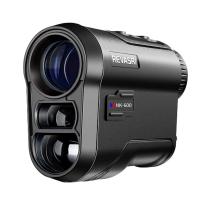
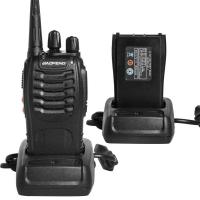
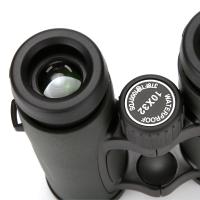

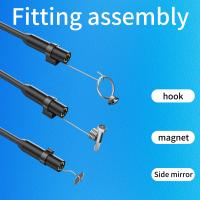


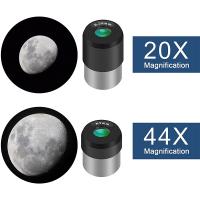



There are no comments for this blog.